A Ponder on Trees
I’ve been doing a ponder on trees. Do trees understand their own mortality? Trees don’t have a brain, a mind. Trees are not sentient. Right? What does science say?
Science doesn’t know everything. It’s particularly weak in areas of spirituality. Where do you keep your spirit? Can science tell you? Does your pet dog have a spirit? Does a gorilla? A whale? We can’t speak to any of these familiar creatures, so much like us in so many ways, much less to something as fundamentally different to us as a tree.
Trees have hundreds of years to ponder the universe. How aware are they of their surroundings? Plants in general, and trees in particular, respond to stimuli. They take their time to do so. Trees have lots of time to respond. The oldest known living thing is a tree, a bristlecone pine, which has over 5,000 years under its belt. This much time allows for a great deal of philosophizing. This much time allows for a great deal of communication with other organisms, if they can understand the “tree talk.”
Working with nothing more than gut instinct, I find it hard to believe that a responsive organism that has 5000 years with which to work can’t communicate with other responsive organisms in its immediate vicinity.
– Pause for research…
There you go. According to the work of Suzanne Simard, trees interact with each other by means of soil fungi. You can read more about this here- https://e360.yale.edu/features/exploring_how_and_why_trees_talk_to_each_other
Trees recognize and nurture their offspring and pass their accumulated wisdom to their own children. I knew it. It never made sense to me that a creature as magnificent as a large, old tree couldn’t communicate with its neighbors. The mycelium of soil fungi act as both a circulatory system for moving carbon products between trees and as a giant neural net that underlies the entire forest. For all we know this net, along with the trees that are part of it, is able to intelligently process information in ways we haven’t even begun to imagine.
– Pause for research…
According to the work of Jagadish Chandra Bose, plant tissues respond to both external and internal stimuli exactly like animal tissues do. Flexibility of plant tissue is somewhat inhibited by cell walls. Plant tissues do not include muscle. Why would they? So on a macro level a branch can’t pull away from a flame like your hand could. But the tissues within that branch respond to the flame, to the threat of the flame, exactly like your tissues would.
– Another pause for research. The last, I’m wrapping this up.
I looked online for scientific evidence that humans have a soul. While there is some, the prevailing scientific view is that humans are basically bags of biochemical responses fueled by the reaction of various “fuel” molecules such as carbohydrates with oxygen within the cells. When these reactions no longer can occur within us we are said to be dead. As I said at the beginning of this piece, science is pretty weak when it comes to spirituality.
Like us, trees have biochemical reactions. Like us, they have birth and death. Like us, they can communicate with each other and respond to their environment. Like us, they recognize their mortality. Sometimes when I hug a tree, I feel something. I don’t know if it’s generated by the tree or by me but it’s a thrill either way. I think trees are sentient in ways that most of us can never understand, and as far as their having a soul, I’m more than willing to give them the benefit of the doubt.
I love the trees.
John Kumiski
admitted tree hugger

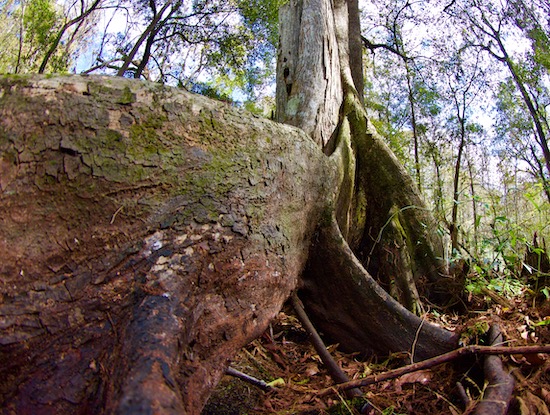




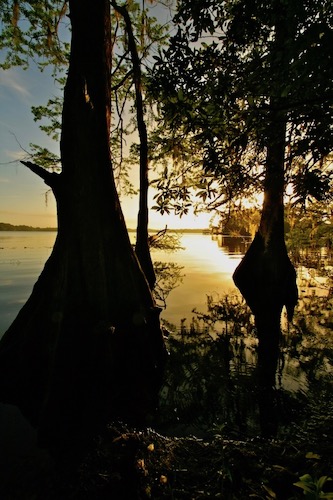
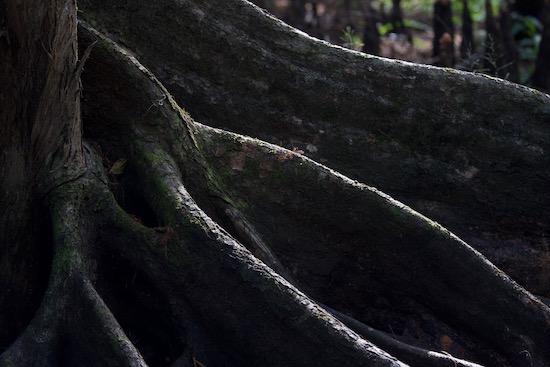


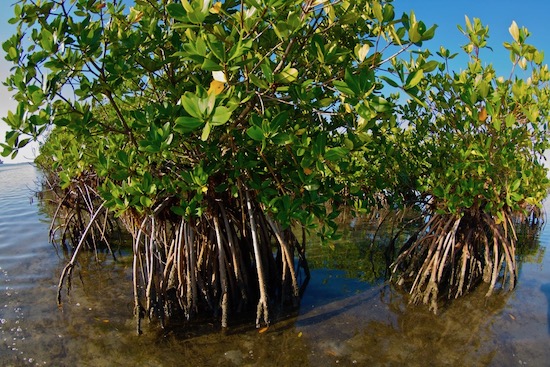




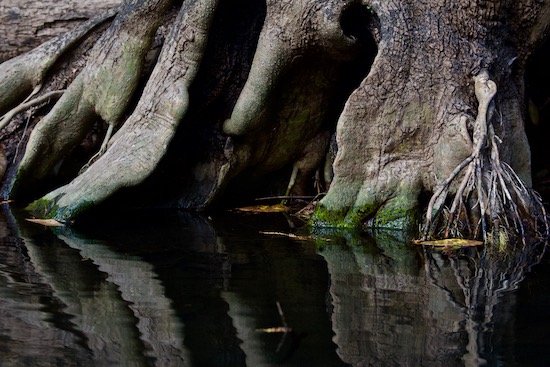




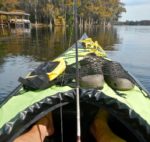
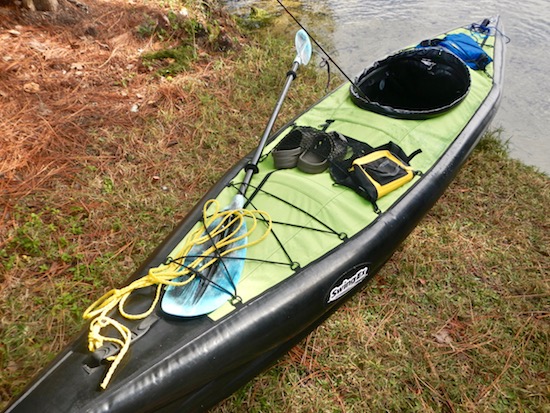
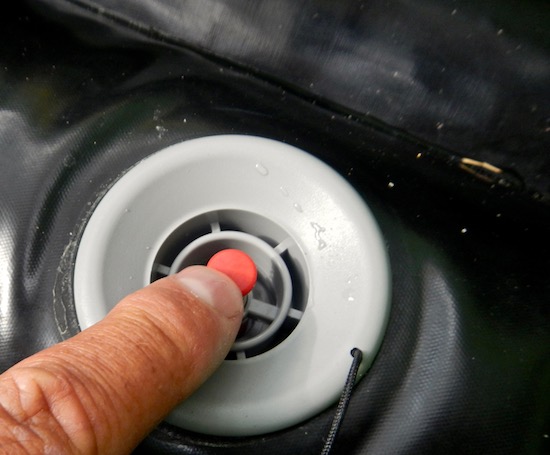
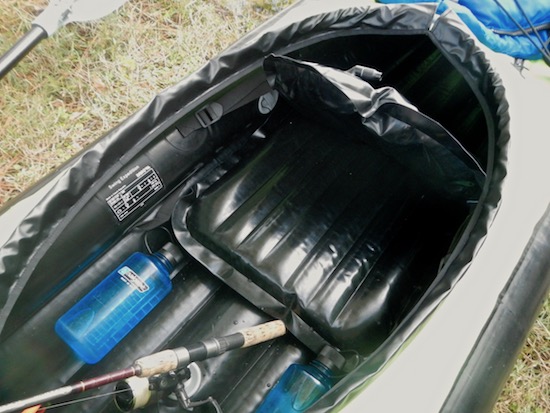
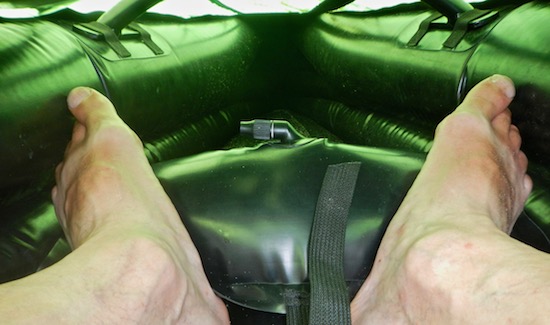
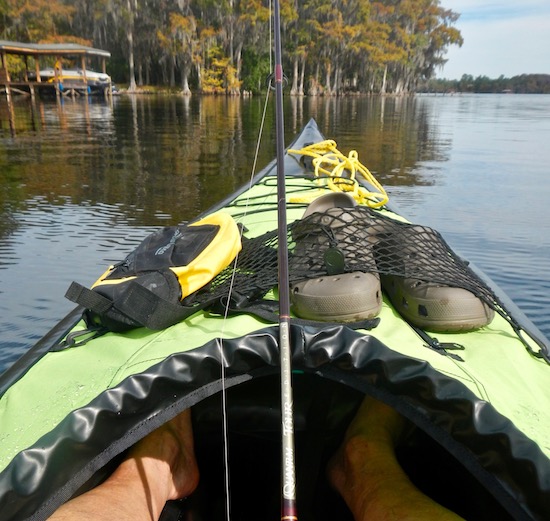
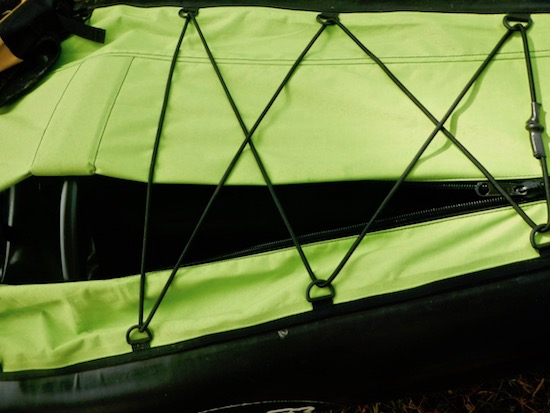
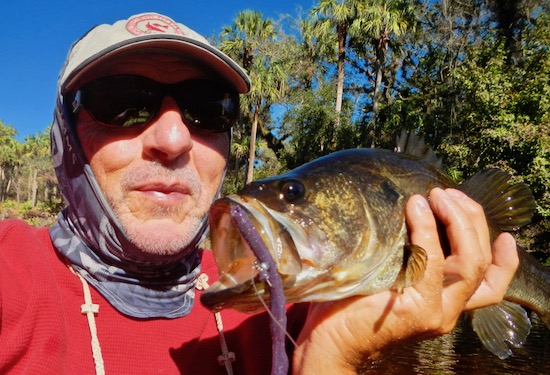
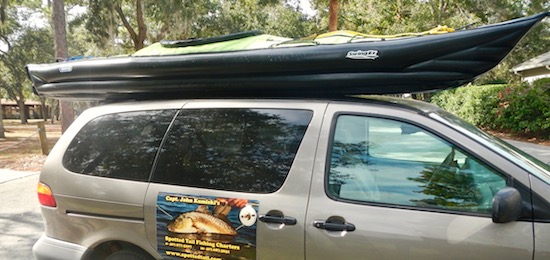
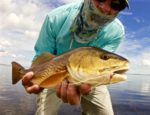
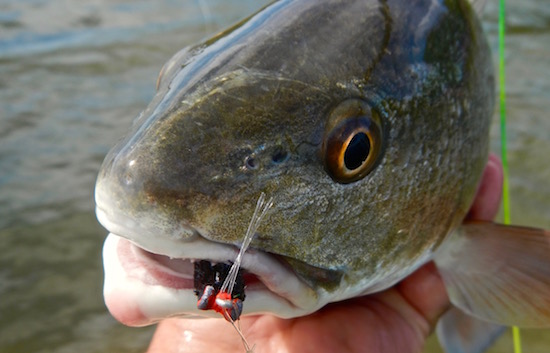

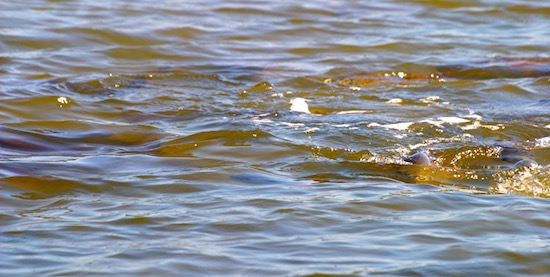


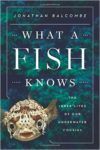
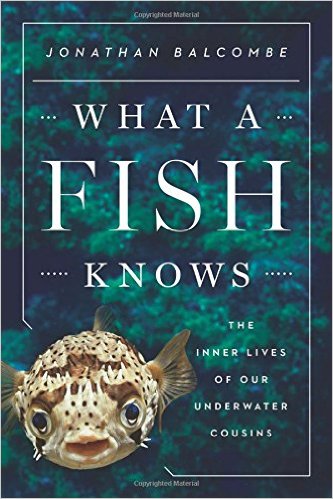

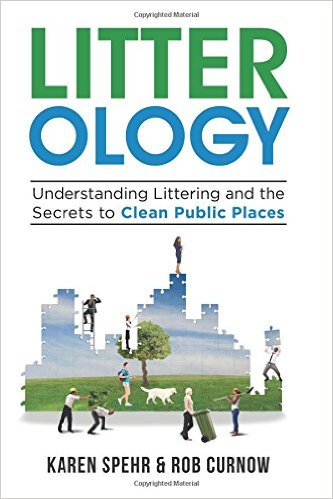

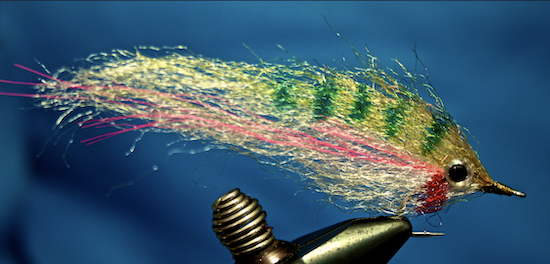
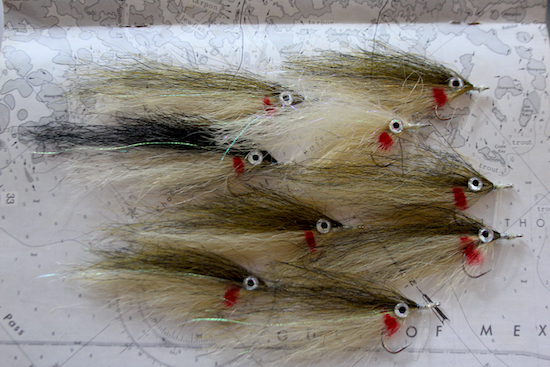
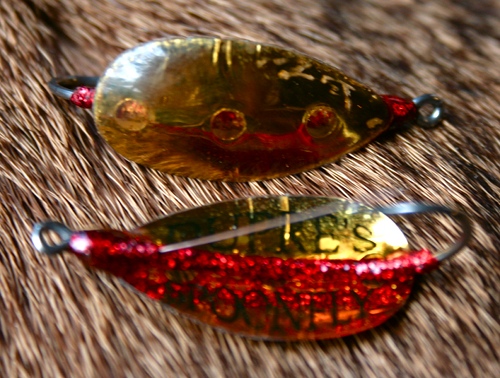
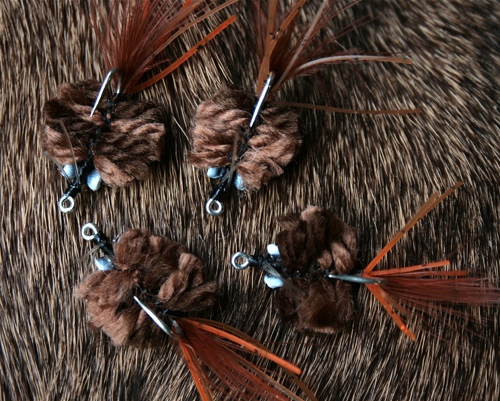
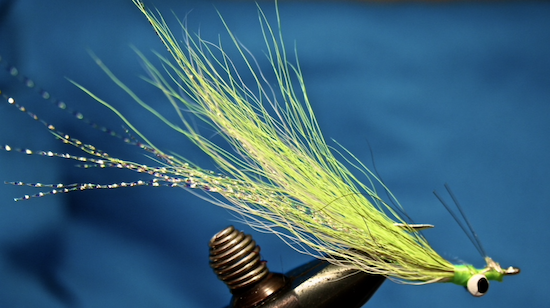
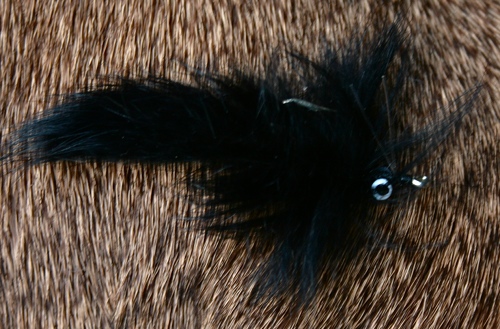

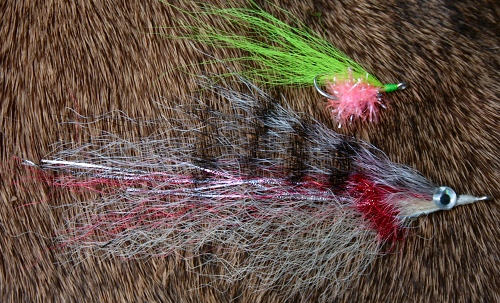
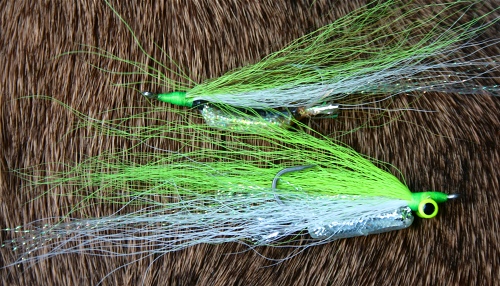
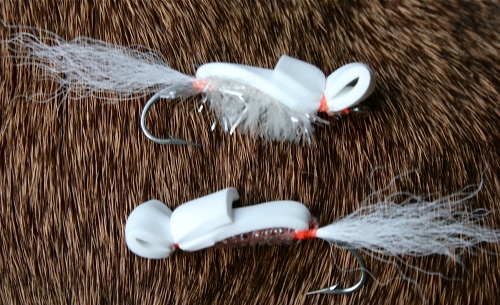
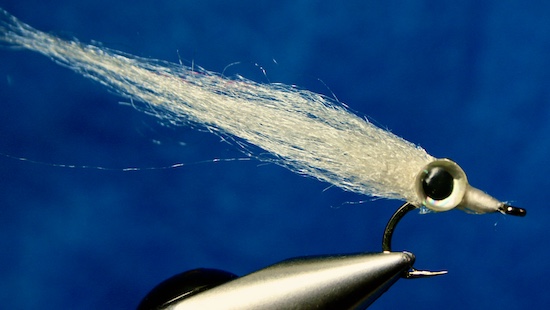

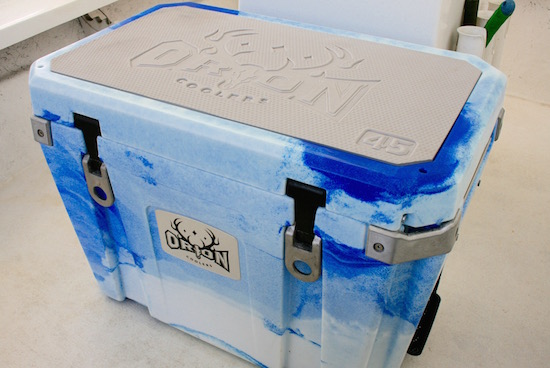




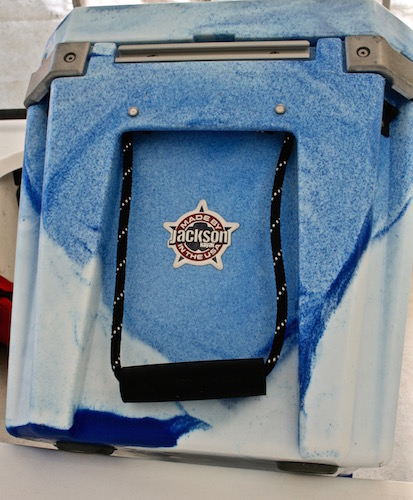

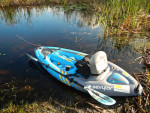
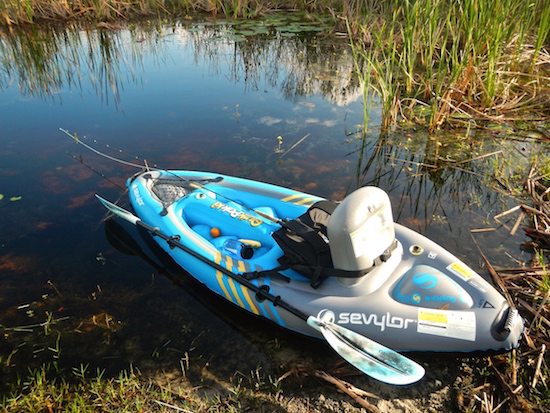
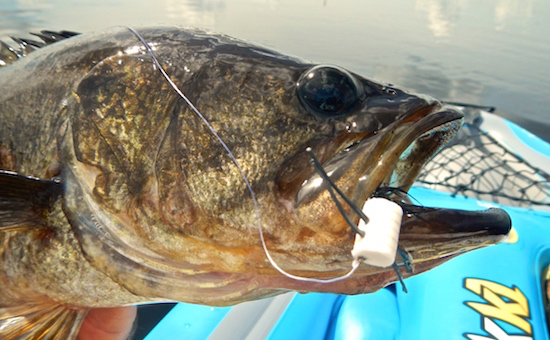

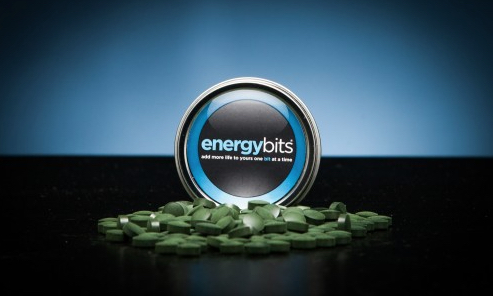
Recent Comments